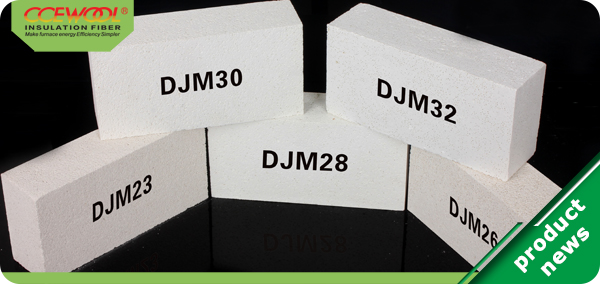
Mullite insulation bricks usually contain impurity oxides such as TiO2, Fe2O3, CaO, MgO, K2O and Na2O. The content of impurities in mullite produced from natural raw materials is higher than that of synthetic raw materials.
These impurity oxides play the role of flux in mullite, reduce the formation temperature and viscosity of the melt, increase the amount of liquid phase generated, and improve the dissolution rate and quantity of the melt to the solid phase. The effect of impurity oxides varies in intensity. Among them, K2O and Na2O have the greatest influence on the formation temperature of the liquid phase. K2O and Na2O reduce the invariant point temperature by 513-724℃ respectively, and also play the role of decomposing mullite. Among these impurity oxides, the influence of TiO2 is the least, which only reduces the invariant point temperature by 101-107°C. When the content of TiO2 is low, part of TiO2 dissolved in mullite to form a limited solid solution, which promotes the formation of mullite and the growth of crystals, part of TiO2 enters the liquid phase to form a glass body at high temperature.
Next issue we will continue to introduce how to improve thermal insulation performance of mullite insulation brick. Please stay tuned!